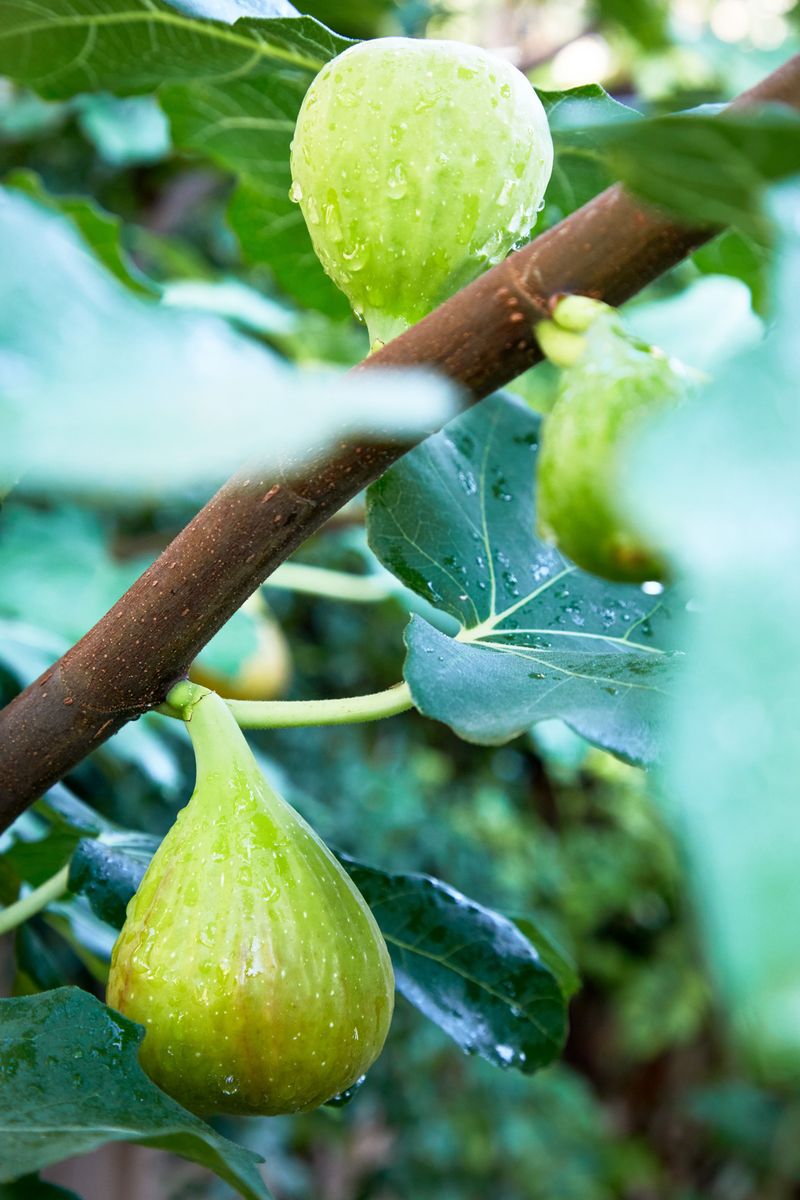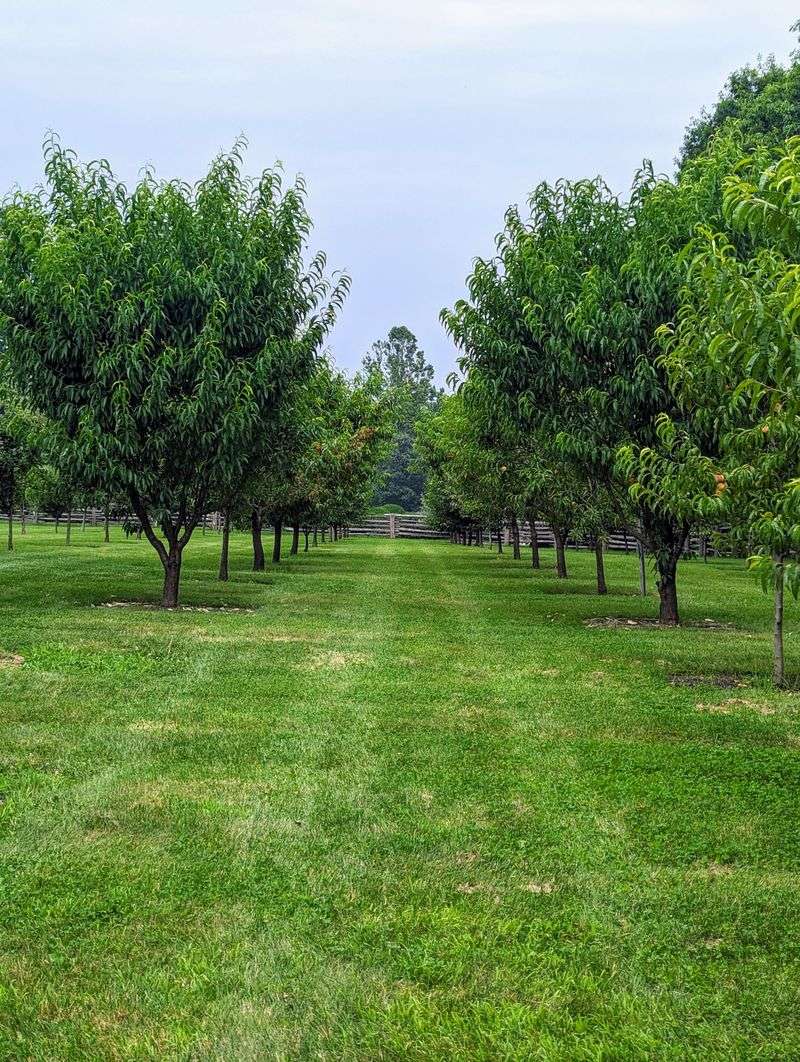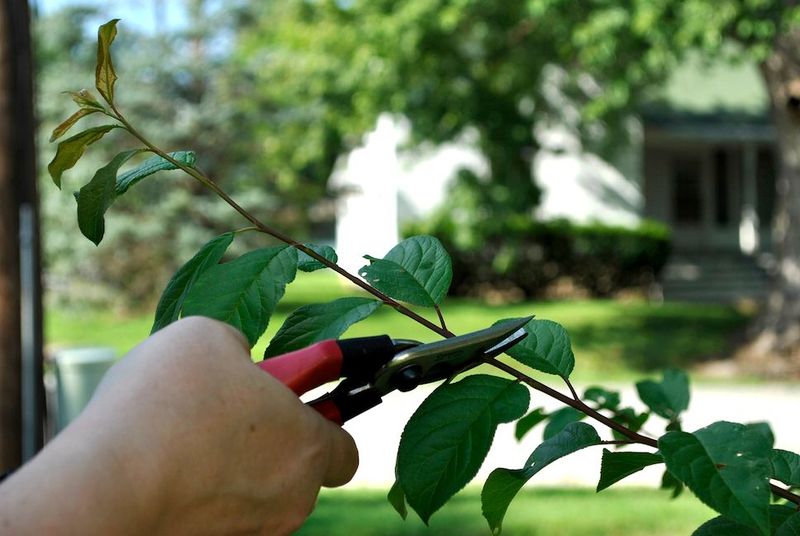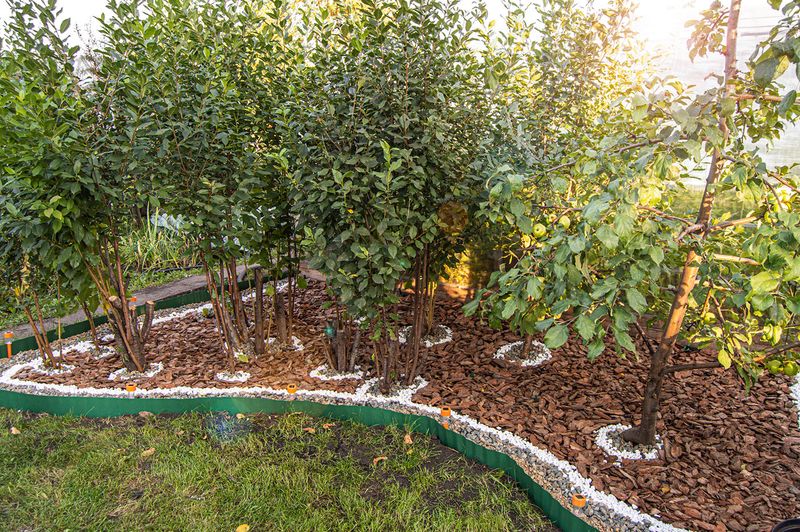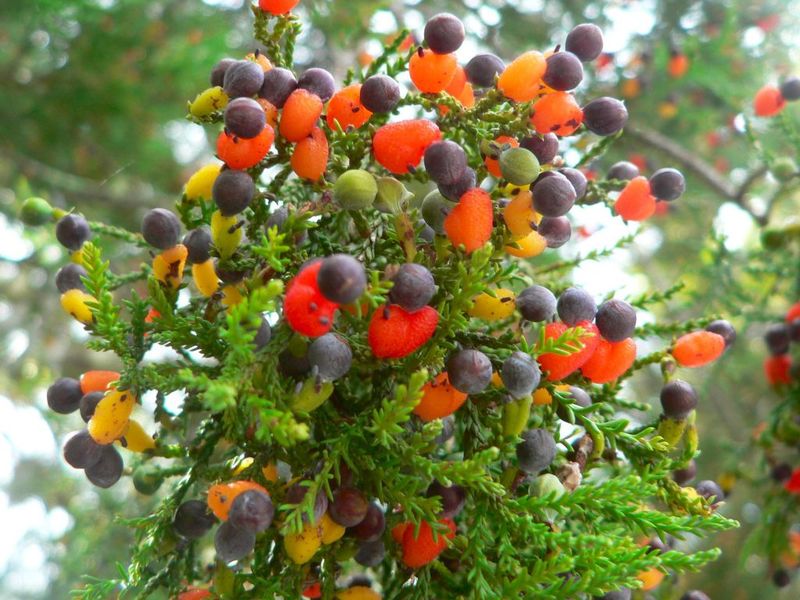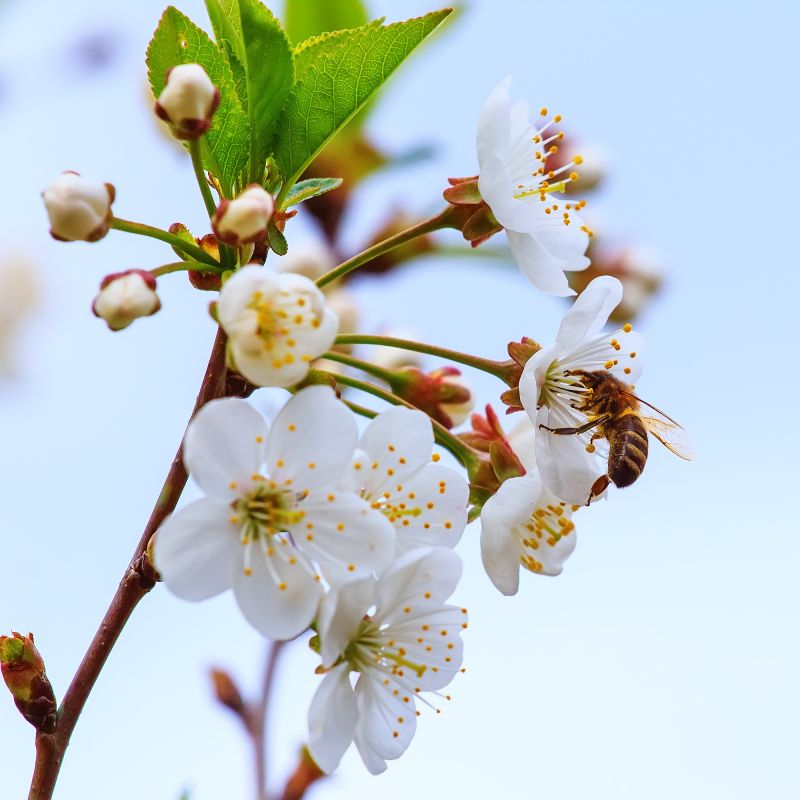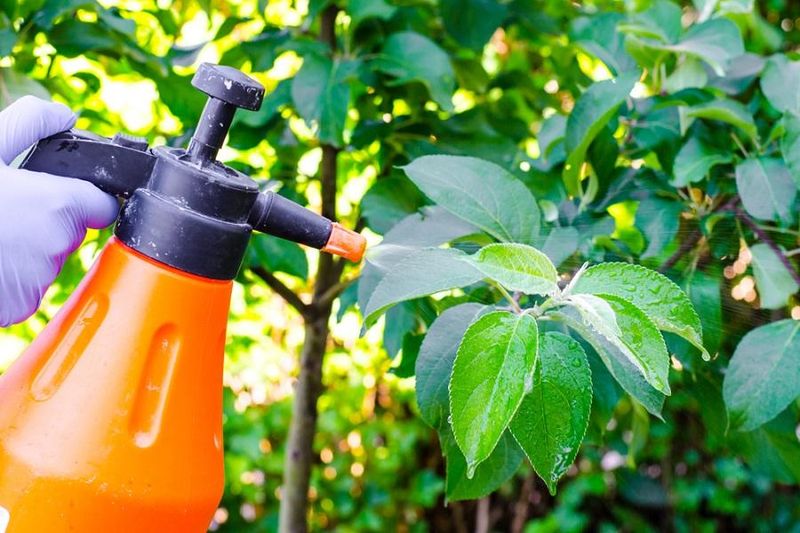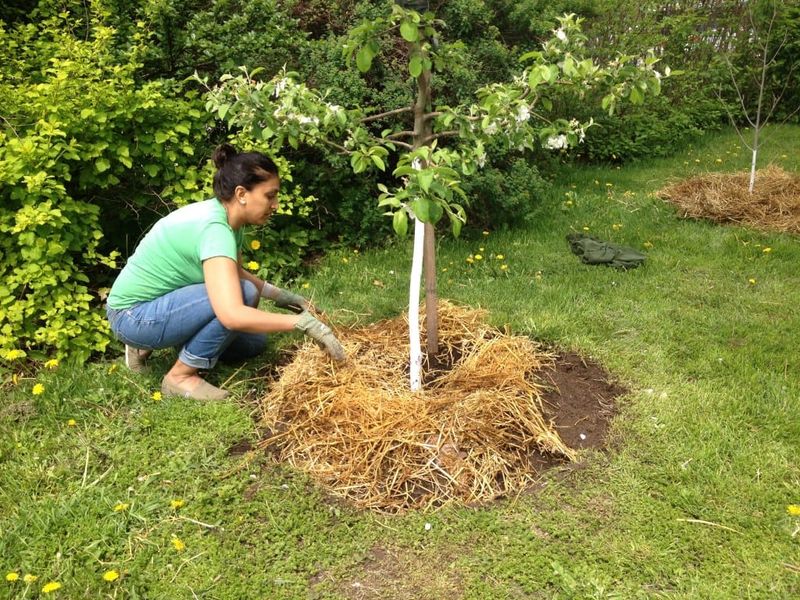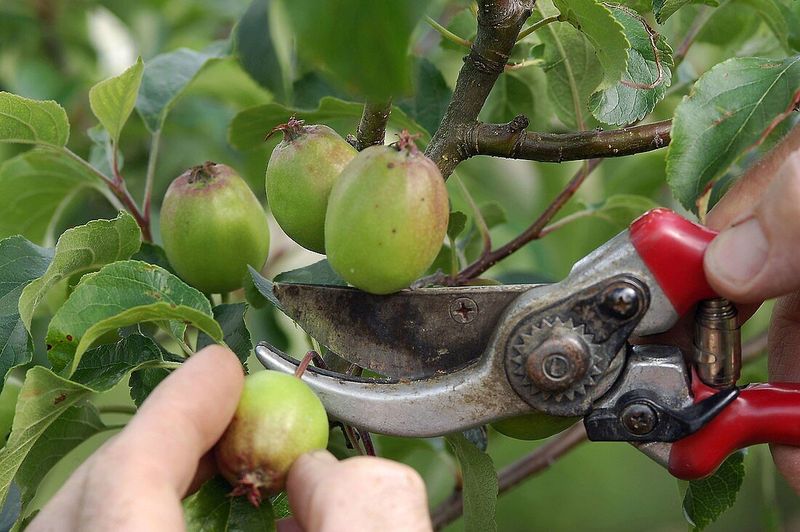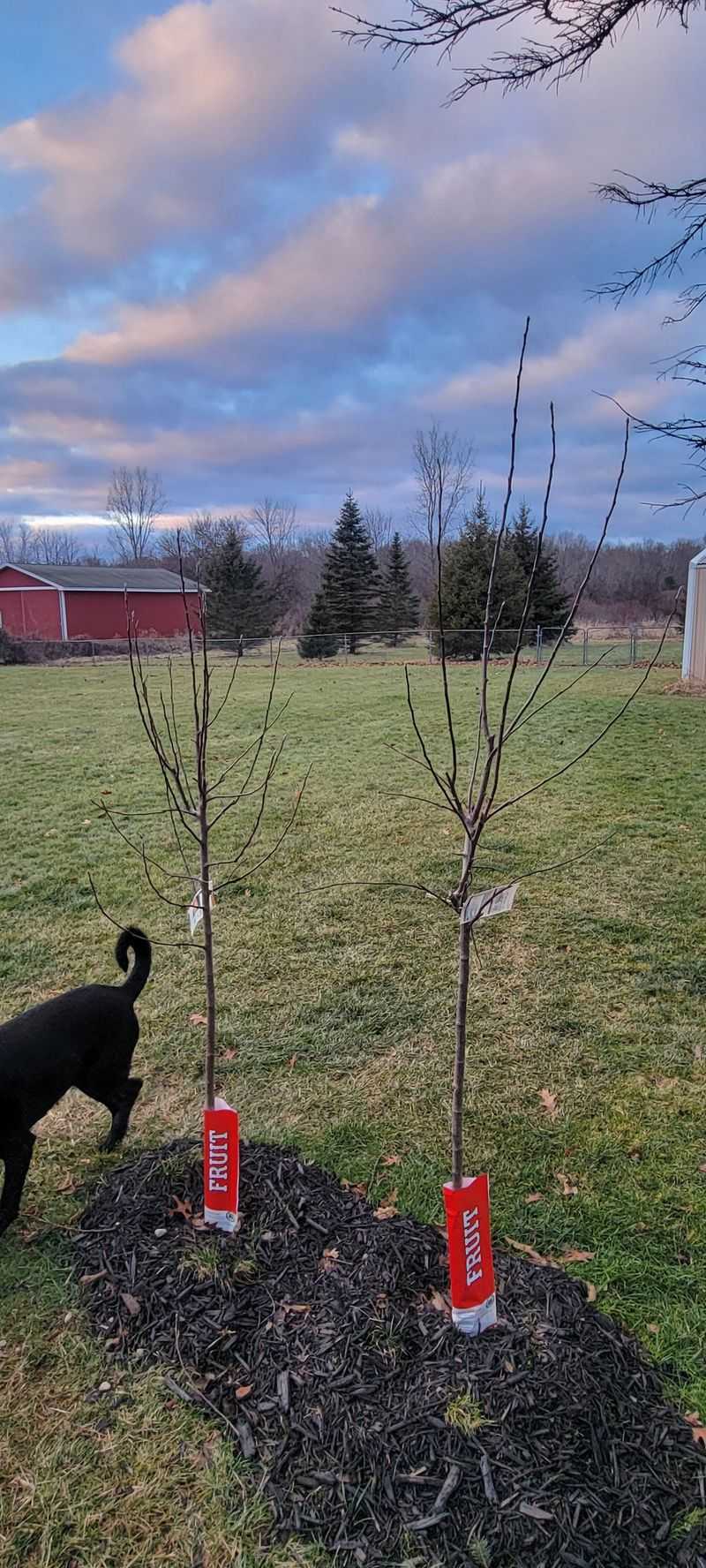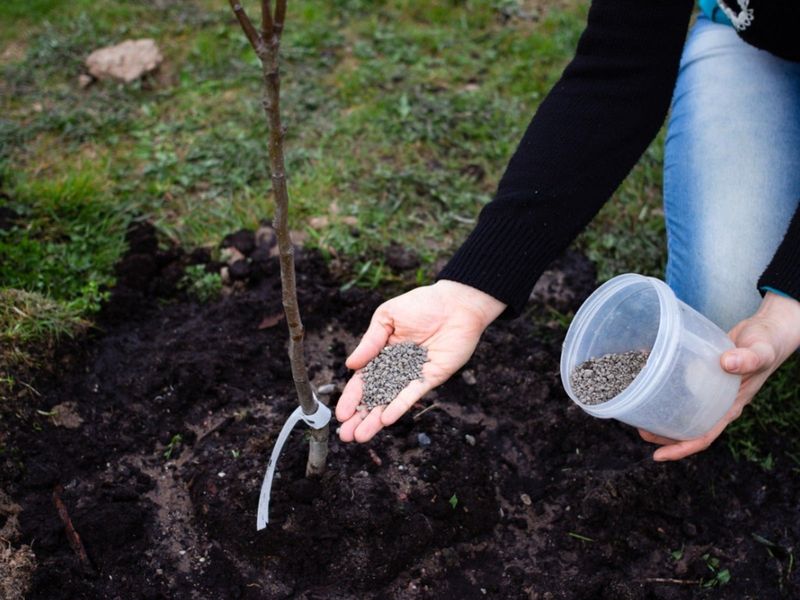Embarking on the journey of backyard orchard culture is both rewarding and delicious. With limited space, maximizing fruit yield requires strategic planning and informed choices.
Whether you’re a novice or an experienced gardener, these expert tips will help you grow more fruit in less space. From selecting the right tree varieties to implementing effective pest control, this guide offers valuable insights and actionable advice.
Each tip is designed to enhance productivity, ensure plant health, and make the most of your available space. Let’s explore the essentials for a thriving backyard orchard.
1. Choose Dwarf or Semi-Dwarf Varieties
Dwarf and semi-dwarf fruit tree varieties are perfect for small spaces and urban gardens. Their compact size makes them easier to manage and maintain, requiring less pruning and care.
These trees are highly productive, allowing you to enjoy a bountiful harvest in a limited area. Planting dwarf varieties can also enhance accessibility, making it easier to reach fruits without the need for ladders or extensive equipment.
They are available in various types, including apples, peaches, and cherries, ensuring diversity in your orchard.
2. Plant Fruit Trees Close Together
To maximize your backyard space, consider planting fruit trees as close as 3-5 feet apart. This method allows you to grow more varieties within a limited area, transforming a small yard into a productive orchard.
Close planting encourages competition among trees, leading to reduced vigor and more manageable growth. You’ll enjoy a diverse array of fruits while maintaining control over tree size and form.
This technique suits urban environments and offers a solution to space constraints without compromising fruit yield.
3. Summer Prune to Control Size
Summer pruning is essential for maintaining small and manageable fruit trees. By focusing on height and branch structure, you can control the overall size of the tree.
This practice not only keeps trees productive but also enhances air circulation and light penetration, reducing disease risk. Summer is an ideal time for pruning as growth slows, allowing you to shape the tree effectively.
Regular summer pruning ensures that your trees remain healthy and continue to produce quality fruit year after year.
4. Mix and Match Varieties
Mixing and matching different fruit varieties in your garden extends the harvest season. Planting a combination of fruit types enhances pollination success and offers a continuous supply of fresh produce.
This diversity attracts beneficial insects, promoting a thriving ecosystem. You can experiment with various flavors and textures, creating a unique orchard experience.
By choosing complementary varieties, you ensure that your backyard orchard remains fruitful and engaging throughout the growing season.
5. Use Multi-Grafted Trees
Multi-grafted trees are an innovative solution for space-saving orchards. These trees have multiple fruit varieties grafted onto a single rootstock, allowing you to enjoy diverse fruits from one tree.
Ideal for small gardens, they maximize production without requiring additional space. Multi-grafted trees also enhance pollination, as different varieties flower simultaneously.
This approach offers the excitement of growing and tasting various fruits, making your backyard orchard both efficient and diverse.
6. Ensure Cross-Pollination
Cross-pollination is crucial for a successful fruit set, particularly for apples, pears, and plums. Planting compatible varieties close together encourages bees and other pollinators to move between trees.
This practice enhances fruit quality and quantity, ensuring a bountiful harvest. Cross-pollination not only boosts productivity but also increases genetic diversity, leading to healthier trees.
By facilitating pollinator access, you’re fostering a vibrant and fruitful orchard.
7. Keep an Eye on Chill Hours
Understanding chill hour requirements is vital for selecting the right fruit tree varieties. These hours, representing the number of cold hours needed for fruiting, vary among species.
Choosing trees suited to your local climate ensures reliable fruit production. By monitoring chill hours, you can make informed decisions about which varieties to plant.
This knowledge helps prevent disappointment and increases the chances of a successful harvest, allowing your orchard to thrive in its specific environment.
8. Control Pests Organically
Organic pest control methods are essential for maintaining a healthy orchard. Integrated Pest Management (IPM) strategies, such as using neem oil, beneficial insects, and sticky traps, offer effective solutions without harmful chemicals.
These methods protect your fruit trees while preserving the environment. By encouraging natural predators and implementing organic practices, you can manage pests sustainably.
This approach not only ensures the safety of your produce but also supports a balanced ecosystem within your orchard.
9. Mulch and Water Smartly
Smart mulching and watering techniques are key to maintaining healthy fruit trees. Applying organic mulch helps retain soil moisture, suppress weeds, and regulate temperature.
Deep and infrequent watering promotes strong root growth, allowing trees to withstand dry periods. These practices conserve water and ensure that your orchard remains resilient and productive.
By focusing on efficient water use and proper mulching, you support tree health and maximize fruit yield, even in limited spaces.
10. Thin Your Fruit Early
Thinning fruit early in the season is an important step in improving fruit quality. By removing excess young fruits, you reduce stress on branches and allow remaining fruits to grow larger and more robust.
This practice prevents overloading, reduces the risk of breakage, and enhances overall tree health. Thinning also encourages better air circulation and sunlight exposure, leading to tastier fruits.
It’s a simple yet effective way to optimize your orchard’s productivity and ensure a superior harvest.
11. Train Young Trees Early
Training young fruit trees from the start ensures better structure and easier maintenance. By guiding branch growth early, you establish a strong framework that supports future fruiting.
This process involves strategic pruning and shaping to encourage desired forms and angles. Early training reduces the need for corrective measures later, simplifying care and maximizing productivity.
It prepares your trees for a long and fruitful life, enhancing their resilience and adaptability to their growing environment.
12. Rotate Feeding and Fertilizing
Rotating feeding and fertilizing practices according to your tree’s life stage is essential for nutrient management. Use organic compost and slow-release fertilizers to provide balanced nutrition.
Adjust nutrients based on growth phases, with more nitrogen early and increased phosphorus and potassium during fruiting. This tailored approach supports healthy development and maximizes fruit production.
By understanding your trees’ nutritional needs, you ensure that your orchard remains vibrant and productive, fostering sustainable growth and bountiful harvests.

